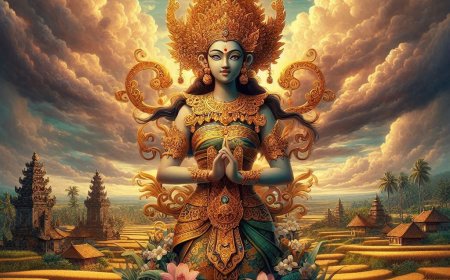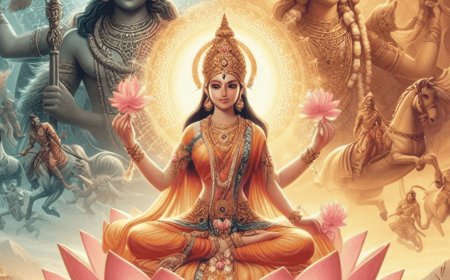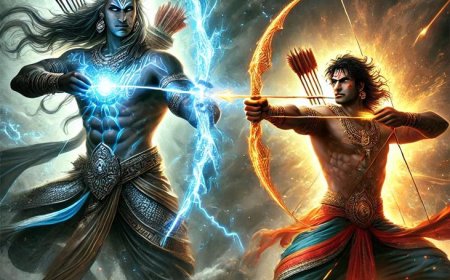Bajra Sandhi Monument: Symbol of the Balinese Struggle
Banjra Sadhi Monument is a monument that is not as famous as other monuments in Bali, but this monument is a symbol of the struggle of the Balinese people against the invaders. Not only that, this monument also has a view that is no less interesting, so check out the article below !!!
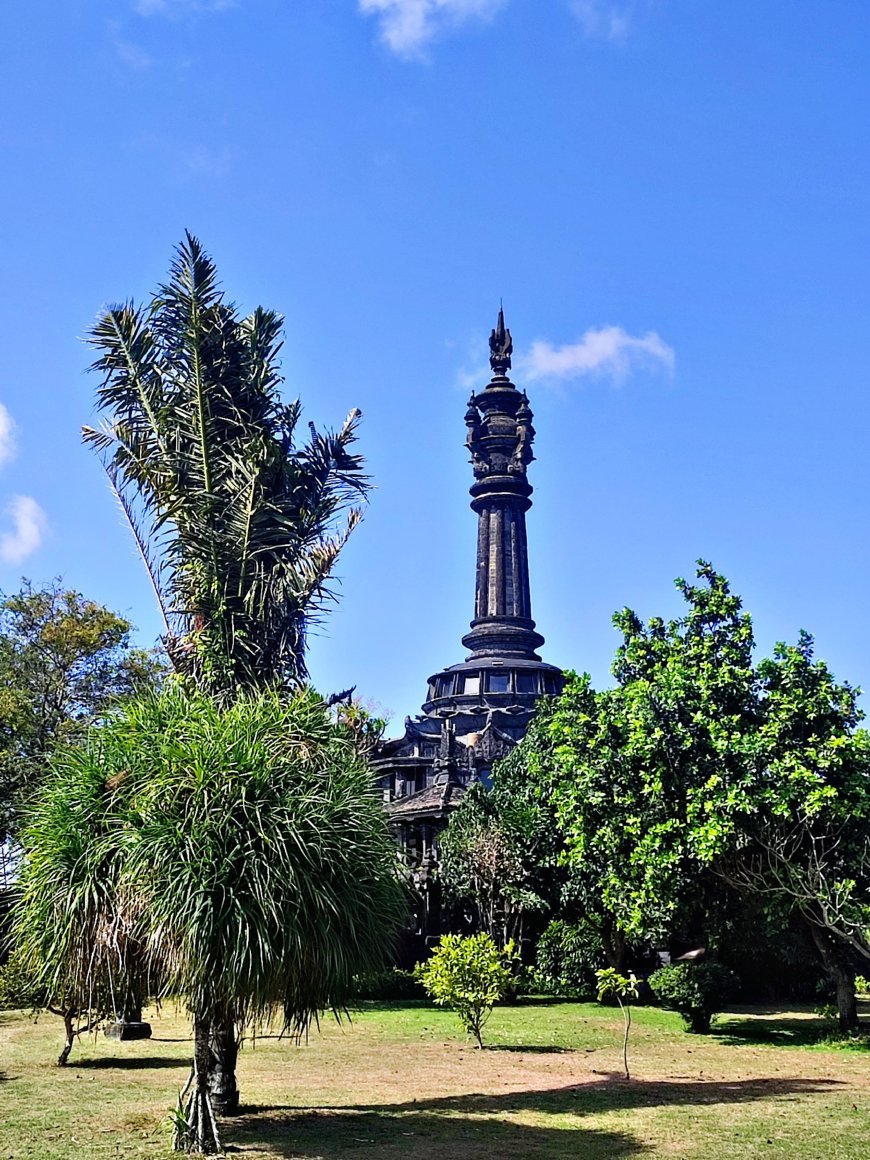
Bajra Sandhi Monument: Symbol of the Balinese Struggle
Bajra Sandhi Monument may not be as famous as other monuments in Bali, but this monument is a symbol of the Balinese people's struggle against the invaders. Bali is famous for its natural attractions and beautiful beaches. But besides natural attractions, Bali also has many historical tourist attractions such as Bali Museum, Soekarno Center, Yadnya Museum, Kertha Gosa - Klungkung, Bali Bomb Memorial, Tugu Bhuana Kerta - Buleleng and many other locations. In addition, there is also a symbol of historical tourism in Bali which also has great historical value, namely the Bali People's Struggle Monument or known as Bajra Sandhi. This monument is located right in the center of Denpasar.

Banjra Sandhi Monument (Source: Writer Collection)
The Beginning of the Monument
Bajra Sandhi Museum or also known as Bajra Sandhi Monument is a monument that symbolizes the struggle of the Balinese people located in Renon, Denpasar, Bali. The monument occupies an area of 13.8 hectares with a building area of 4,900 meters designed by Ir. Ida Gede in 1981. Construction of the monument began in 1987 at the initiative of the former Governor of Bali, Ida Bagus Mantra. On June 14, 2003, the new monument was inaugurated by President Megawati Soekarno Putri. Around the monument there is also a Dutch heritage clock, the Kilometer Zero monument and the oldest hotel Inna Veteran Renon. History The Bajra Sandhi monument has traditional Balinese architecture. The work is full of Hindu religious philosophy. The word Bajra itself means bell. Yes, it is called Tugu Bajra Sandhi because the shape of this monument resembles a Hindu priest's bell. Hindu priests often use bells to chant mantras at religious ceremonies. In addition, the Hindu elements of the monument are: Amertha vase symbolized by kumbha (a type of vase) seen above the monument Basuki's Dragon Tail, formed near the Swamba and the head is located in the Great Kori Badan Bedawang Akupa, formed at the base of the monument, the head is located on the Great Kori Mountain Mendara Giri, formed by a magnificent monument. The height of the pond surrounding the monument is considered Ksirarnawa (sea of milk).
Not only carrying Hindu philosophical values, the Bajra Sandhi monument is also loaded with independence symbolism. There are 17 steps at the main gate of the monument and 8 tall poles inside the monument with a height of 45 meters. The number corresponds to the date of Indonesia's independence, August 17, 1945. The creators of the Bajra Shandi monument advised the younger generation that success can only be achieved through hard work, diligence, perseverance and mutual cooperation. Similarly, the octagonal building symbolizes the power of God Almighty (Ida Sang Hyang Widhi Wasa). The image refers to the Indonesian Nation's struggle against colonialism to achieve independence on August 17, 1945. Horizontally, the monument is square-shaped which symbolizes the concept of Tri Mandala. First, Nista Mandala (jaba side) is made in the form of an outer courtyard surrounding the monument, equipped with paths, gardens, seating, and sports fields for sports activities. Second, Madia Mandala (Central Java) on the second level is made in the form of a courtyard surrounded by a building fence equipped with a gate (Candi Bentar) on all four sides. Third, Utama Mandala (intestine) is the center of the building surrounded by lakes, paths, and bal bengong in each corner.
Building Design of the Monument
At that time, Ir Ida Gede was still an architecture student at the Faculty of Engineering, Udayana University, Denpasar. He beat his senior architects in a competition held in 1981. After participating in the design and drawing competition, the construction of the Bali People's Struggle Monument began in August 1988 using the Bali Provincial Government budget. The construction of the monument was hampered by the devaluation of the rupee in 1997. In 2001, the building was completed. Therefore, the Ministry of Tourism and Creative Economy (Kemenparekraf) is not wrong in promoting Bali's history through the Bajra Sandhi Monument tour package for the Global Platform for Harm Reduction (GPDRR) delegates in May 2022, because the Bali People's Struggle Monument or Bajra Sandhi is the right choice for those of us who want to learn about Bali's history and the beauty of traditional architecture.
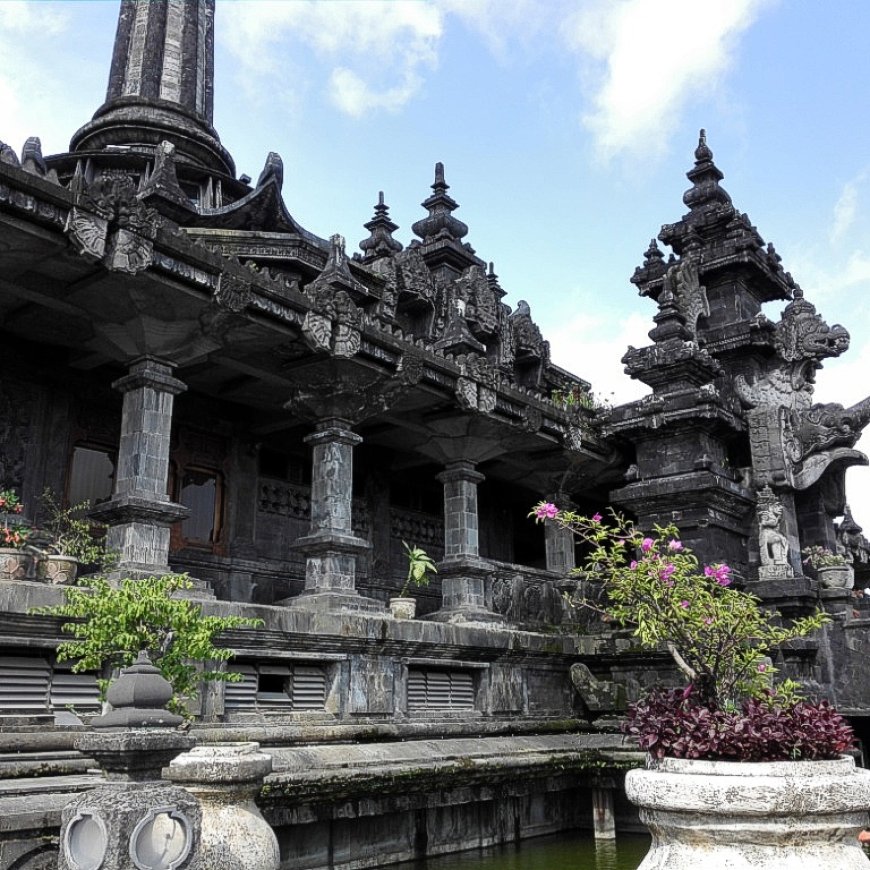
Outside view of the monument (Source: Writer Collection)
Benefits of the Monument
In addition to the museum, facilities at the Bajra Sandhi monument include a library, fish pond, handicrafts and of course toilets for visitors. Then in the center of the building towards the inside there are 4 stairs. We can use any stairs to get to the second floor. In addition, on the second floor of the monument there is a museum that tells about the struggle of the Balinese people. The struggle from prehistoric times, the development of Balinese civilization, the history of the development of the Balinese kingdom, to the era of the struggle for independence of the Balinese people. The history of the struggle of the Balinese people is displayed through 33 dioramas. Therefore, this monument is also often called the Bajra Sandhi Museum. In addition, on the second floor of the building there is a circular staircase leading to the third floor and we will feel a little dizzy when going up there. On the third floor of this monumental building, there is a rather spacious room surrounded by glass windows. Then, from the building on the 3rd floor, visitors can enjoy a 360-degree view of Denpasar and its surroundings.


















































